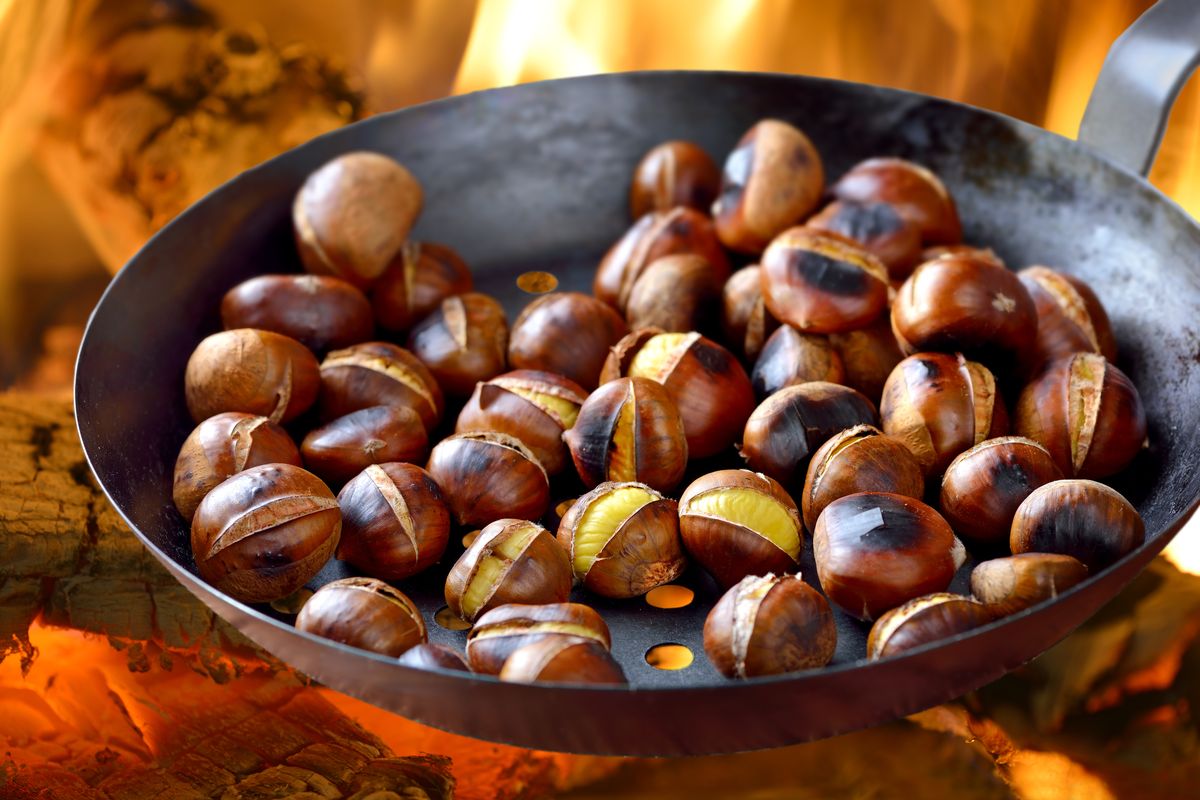

Articles
How To Store Cooked Chestnuts
Modified: February 23, 2024
Learn the best ways to store cooked chestnuts in this informative article. Keep your delicious chestnuts fresh and flavorful for longer with these helpful tips.
(Many of the links in this article redirect to a specific reviewed product. Your purchase of these products through affiliate links helps to generate commission for Storables.com, at no extra cost. Learn more)
Introduction
Are you a chestnut lover? Then you know the joy of indulging in a plate of freshly cooked chestnuts. But what do you do when you have more chestnuts than you can eat in one sitting? Storing cooked chestnuts is the solution to ensure that you can enjoy their deliciousness for longer periods. In this article, we will guide you through the process of storing cooked chestnuts to maintain their flavor and quality.
Whether you’ve cooked a large batch of chestnuts or have leftovers from a holiday feast, proper storage is crucial to keep them fresh. By following a few simple steps, you can extend the shelf life of cooked chestnuts and have them readily available for future meals, recipes, or snacks.
In the sections that follow, we will explore the reasons why it’s important to store cooked chestnuts, how to choose the right chestnuts for storage, and the various methods you can employ to preserve their quality. From refrigeration to freezing, canning to vacuum sealing, we will cover it all so that you can select the method that suits your preferences and circumstances.
So, let’s dive in and uncover the secrets of storing cooked chestnuts to ensure their delectable taste lingers long after they are cooked.
Key Takeaways:
- Storing cooked chestnuts allows for year-round enjoyment, reduces food waste, and provides convenience in meal preparation, with methods including refrigeration, freezing, canning, and vacuum sealing.
- Properly preparing and choosing fresh chestnuts, along with utilizing various storage methods, ensures the preservation of cooked chestnuts’ flavor, texture, and nutritional benefits for extended periods.
Read more: How To Store Water Chestnuts
Why store cooked chestnuts?
Storing cooked chestnuts allows you to enjoy their flavor and nutritional benefits even after they have been prepared. Here are a few reasons why you might want to store cooked chestnuts:
- Convenience: Cooking chestnuts can be a time-consuming process, especially if you prefer to roast them in the oven. By storing cooked chestnuts, you can save time in the future by simply reheating or incorporating them into various recipes.
- Preventing food waste: Chestnuts, like many other perishable foods, have a limited shelf life. Storing cooked chestnuts ensures that you can use them before they spoil, reducing food waste in your household.
- Seasonal availability: Chestnuts are typically associated with the fall and winter seasons. By storing cooked chestnuts, you can enjoy their unique flavor and texture all year round, even when fresh chestnuts are not readily available.
- Versatility in cooking: Cooked chestnuts can be used in a variety of recipes, ranging from soups and stews to salads and desserts. Storing cooked chestnuts allows you to have this versatile ingredient on hand whenever inspiration strikes.
- Taste preservation: Cooked chestnuts have a distinct flavor and texture that can be affected by improper storage. By utilizing the right storage methods, you can preserve the taste and quality of cooked chestnuts for an extended period.
Now that we understand the benefits of storing cooked chestnuts, let’s move on to the next section, where we will learn about choosing the right chestnuts for storage.
Choosing the right chestnuts for storage
When it comes to storing cooked chestnuts, selecting the right chestnuts is essential. Here are a few tips to help you choose the best chestnuts for storage:
- Freshness: Opt for fresh chestnuts that are plump, firm, and free from blemishes or mold. Avoid chestnuts that feel soft or have discolored spots, as they may indicate spoilage.
- Size: Choose chestnuts that are uniform in size, as this ensures even cooking and storage. Chestnuts that are too small may dry out quickly, while larger ones may take longer to cook and have uneven texture.
- Variety: Different chestnut varieties have varying characteristics and flavors. Select the variety that suits your taste preferences and desired cooking methods.
- Shell condition: Examine the shells of the chestnuts before cooking and storing. Look for shells that are smooth and shiny, indicating that the chestnuts are fresh. Avoid chestnuts with cracked or damaged shells, as they may spoil more quickly.
It’s important to note that chestnuts can be stored before or after cooking. If you’re planning to store cooked chestnuts, ensure that the chestnuts you purchase are suitable for cooking. This means they should be fresh and in good condition, as mentioned above.
Now that you know how to choose the right chestnuts for storage, let’s move on to the next section, where we will explore the various methods to prepare cooked chestnuts for storage.
Preparing cooked chestnuts for storage
Before storing cooked chestnuts, it’s important to prepare them properly to ensure maximum freshness and quality. Here are the steps to prepare cooked chestnuts for storage:
- Cooling: Allow the cooked chestnuts to cool completely before storing them. This will prevent condensation and moisture buildup, which can lead to spoilage.
- Removing shells: If the chestnuts were cooked with their shells on, gently remove the shells once they have cooled. You can do this by making a small slit on the flat side of each chestnut and peeling off the shell. Be careful not to damage the chestnut inside.
- Peeling the inner skin: After removing the outer shell, you may notice a thin inner skin or membrane on the chestnuts. If desired, you can peel this inner skin off for a smoother texture. Simply make a small incision on the rounded side of the chestnut and peel away the inner skin using your fingers or a knife.
- Cutting or chopping: Depending on your storage preferences or intended use, you may choose to cut or chop the cooked chestnuts into smaller pieces. This can be helpful if you plan to use them in recipes or as toppings for salads and desserts.
By following these steps, you will have prepared your cooked chestnuts for optimal storage. Now let’s explore the different methods you can use to store cooked chestnuts and keep them fresh for longer durations.
Storage methods for cooked chestnuts
There are several methods you can use to store cooked chestnuts and preserve their freshness. Let’s explore each of these methods:
Read more: How To Store Fresh Chestnuts
Storing cooked chestnuts in the refrigerator:
The refrigerator is a great option for short-term storage of cooked chestnuts. Here’s how you can do it:
- Place the cooled and prepared chestnuts in an airtight container or resealable plastic bag.
- Label the container with the date to keep track of their freshness.
- Store the container in the refrigerator, preferably in the vegetable or crisper drawer, where it’s slightly cooler.
- Consume the chestnuts within 3-4 days for the best flavor and texture.
Freezing cooked chestnuts:
Freezing cooked chestnuts is a popular method for long-term storage. Here’s how to freeze them:
- Ensure that the cooked chestnuts are completely cooled and prepared as mentioned earlier.
- Place the chestnuts in a freezer-safe container or bag, making sure to leave some headspace for expansion.
- Label the container with the date and type of chestnuts.
- Seal the container or bag tightly to prevent freezer burn.
- Place the chestnuts in the freezer and store for up to 6 months.
Canning cooked chestnuts:
Canning is another method to consider if you want to store cooked chestnuts for an extended period. Here’s how to can them:
- Prepare a syrup made of sugar and water to help preserve the chestnuts’ texture and flavor.
- Peel and prepare the chestnuts as mentioned earlier.
- Place the chestnuts in sterilized canning jars and cover them with the syrup.
- Follow proper canning techniques and instructions for processing the jars.
- Store the canned chestnuts in a cool, dark place, and they can remain fresh for up to a year or more.
Vacuum sealing cooked chestnuts:
Vacuum sealing provides an airtight environment, prolonging the shelf life of cooked chestnuts. Here’s how to do it:
- Place the prepared chestnuts in a vacuum-sealed bag, removing as much air as possible.
- Seal the bag using a vacuum sealer. If you don’t have a vacuum sealer, you can use a zip-top bag and manually remove the air by submerging it in water and sealing it while submerged.
- Label the bag with the date and type of chestnuts.
- Keep the vacuum-sealed bag in a cool, dry place.
Choose the storage method that suits your needs and resources. Regardless of the method you choose, it’s important to label the containers or bags with the storage date to keep track of their freshness.
Now that you know the different storage methods for cooked chestnuts, in the next sections, we will discuss each method in more detail, including specific instructions and tips for success.
Read more: How To Plant A Chestnut Seed
Storing cooked chestnuts in the refrigerator
Refrigerating cooked chestnuts is an excellent method for short-term storage, allowing you to enjoy their freshness for a few days. Here’s how you can store cooked chestnuts in the refrigerator:
- Cool and prepare the chestnuts: Ensure that the cooked chestnuts have completely cooled down to room temperature. Remove the shells and peel off the inner skin if desired.
- Choose an airtight container: Select a container suitable for storing the chestnuts in the refrigerator. This can be a food storage container with a secure lid or a resealable plastic bag.
- Place the chestnuts in the container: Transfer the cooled chestnuts into the chosen container. If you’re using a bag, make sure to press out any excess air before sealing it.
- Label the container: It’s important to label the container with the date of storage to keep track of their freshness.
- Store in the refrigerator: Place the container of cooked chestnuts in the refrigerator, preferably in the vegetable or crisper drawer. This helps maintain a slightly cooler temperature and prevents the chestnuts from drying out.
- Consume within 3-4 days: Cooked chestnuts stored in the refrigerator will retain their quality for about 3-4 days. It’s best to consume them within this timeframe for optimal taste and texture.
Remember, refrigeration is ideal for short-term storage, so it’s important not to keep the cooked chestnuts in the refrigerator for too long. If you don’t plan to consume them within a few days, it’s recommended to explore other storage methods like freezing or canning.
Now that you know how to store cooked chestnuts in the refrigerator, in the next section, we will discuss the process of freezing cooked chestnuts.
Freezing cooked chestnuts
Freezing cooked chestnuts is an excellent method for long-term storage, allowing you to enjoy their deliciousness even after several months. Here’s how you can freeze cooked chestnuts:
- Cool and prepare the chestnuts: Ensure that the cooked chestnuts have completely cooled down to room temperature. Remove the shells and peel off the inner skin if desired.
- Choose a freezer-safe container: Select a container or freezer bag specifically designed for freezing to prevent freezer burn and maintain the quality of the chestnuts.
- Transfer the chestnuts: Place the cooled and prepared chestnuts into the chosen container or bag, leaving some space at the top for expansion during freezing.
- Label the container: Write the date of freezing on the container or bag using a permanent marker. This helps you keep track of their freshness.
- Remove excess air: If using a freezer bag, squeeze out as much air as possible before sealing. Alternatively, consider using a vacuum sealer for optimal air removal.
- Seal and freeze: Seal the container or bag tightly to prevent air exposure. Place the chestnuts in the freezer and store them for up to 6 months.
When you’re ready to use the frozen chestnuts, simply thaw them in the refrigerator overnight or at room temperature for a few hours. Once thawed, you can reheat the chestnuts or use them in your desired recipes. Remember that defrosted chestnuts might have a slightly different texture compared to fresh ones, but they are still delicious and can be enjoyed in various dishes.
By freezing cooked chestnuts, you can ensure their long-term storage while preserving their flavor and texture. This method is especially useful if you have a large quantity of chestnuts and want to enjoy them throughout the year.
Now that you know how to freeze cooked chestnuts, in the next section, we will discuss another method of storage: canning cooked chestnuts.
Canning cooked chestnuts
Canning is a popular method for preserving cooked chestnuts for an extended period. This process involves sealing the chestnuts in airtight jars, allowing them to stay fresh for up to a year or even longer. Here’s a step-by-step guide to canning cooked chestnuts:
- Prepare the chestnuts: Start by cooling and preparing the cooked chestnuts. Remove the shells and peel off the inner skin if desired.
- Prepare a syrup: To help preserve the texture and flavor of the chestnuts, prepare a syrup made of sugar and water. The syrup’s ratio can vary based on your preference and the desired level of sweetness.
- Sterilize the canning jars: Sterilize the canning jars and their lids by washing them in hot, soapy water or running them through a dishwasher cycle. This ensures cleanliness and prevents contamination.
- Fill the jars: Place the prepared chestnuts into the sterilized jars, leaving sufficient headspace at the top. Pour the prepared syrup over the chestnuts, ensuring they are fully immersed.
- Remove air bubbles: Run a non-metallic spatula or a bubble remover tool along the sides of the jars to remove any air bubbles trapped within the chestnuts and syrup.
- Secure the lids: Wipe the rim of each jar with a clean, damp cloth to remove any residue. Place the lids on the jars and tighten the bands until fingertip-tight – firm but not overly tight.
- Process the jars: Depending on your canning equipment and the chestnuts’ acidity, follow proper canning techniques for processing. This typically involves placing the sealed jars in a boiling water bath or pressure canner for the recommended duration.
- Store the canned chestnuts: After processing, carefully remove the jars from the canner and let them cool. Check the lids to ensure a proper seal – they should be concave and not move when pressed. Store the properly sealed jars in a cool, dark place like a pantry or cellar.
It’s important to note that canning chestnuts requires some knowledge of proper canning procedures and techniques. Ensure that you follow reputable canning guidelines and consult reliable sources for step-by-step instructions specific to canning cooked chestnuts.
With the canning method, you can enjoy the deliciousness of cooked chestnuts throughout the year, even when fresh chestnuts are not in season.
Now that you know how to can cooked chestnuts, in the next section, we will explore another storage method: vacuum sealing.
Store cooked chestnuts in an airtight container in the refrigerator for up to 1 week. For longer storage, freeze them in a resealable plastic bag for up to 6 months.
Vacuum sealing cooked chestnuts
Vacuum sealing is an effective method for preserving the freshness and flavor of cooked chestnuts. By removing the air from the storage bags, you create an airtight environment that helps to extend the shelf life of the chestnuts. Here’s how you can vacuum seal cooked chestnuts:
- Cool and prepare the chestnuts: Start by allowing the cooked chestnuts to fully cool down. Remove the shells and peel off the inner skin if desired.
- Select vacuum-sealable bags: Choose high-quality vacuum-sealable bags designed for food storage. These bags should be suitable for use with a vacuum sealer.
- Portion the chestnuts: Divide the cooked chestnuts into portions that you would likely use in one serving or recipe. This allows you to access and use them without the need to thaw the entire batch.
- Fill the bags: Place the portioned chestnuts into the vacuum-sealable bags, ensuring they are arranged in a single layer. Leaving some space between the chestnuts helps to prevent clumping and facilitates better sealing.
- Vacuum seal the bags: Seal the bags according to the instructions provided with your vacuum sealer. If using a countertop vacuum sealer, follow the manufacturer’s guidelines for sealing cooked foods.
- Label the bags: Use a permanent marker to label each bag with the date of sealing. This helps you keep track of their freshness and ensures that you use the oldest ones first.
- Store the vacuum-sealed bags: Place the sealed bags of cooked chestnuts in a cool, dry place such as a pantry or cabinet. Avoid exposing them to direct sunlight or extreme temperature fluctuations.
Vacuum-sealed cooked chestnuts can remain fresh for several months, and their taste and texture will be well-preserved. When you’re ready to use them, simply open the bag, remove the desired amount, and reseal the remaining chestnuts in the bag to maintain their freshness.
Vacuum sealing is an excellent option for long-term storage of cooked chestnuts, allowing you to enjoy their delightful flavor and texture whenever you desire.
Now that you know how to vacuum seal cooked chestnuts, in the next section, we will share some tips to help you extend the shelf life of stored chestnuts and maintain their quality.
Read more: How To Get Chestnuts To Germinate
Tips for Extending the Shelf Life of Cooked Chestnuts
To ensure the maximum freshness and quality of stored cooked chestnuts, consider these helpful tips:
- Proper storage containers: Use airtight containers, vacuum-sealed bags, or canning jars specifically designed for food storage to prevent air exposure and moisture buildup.
- Label and date: Label each storage container with the date of storage to keep track of their freshness and use the oldest ones first.
- Keep cool and dry: Store cooked chestnuts in a cool, dry place, away from direct sunlight and heat sources. Exposure to light, heat, and moisture can degrade their quality and shorten their shelf life.
- Refrigerate promptly: If you’re storing cooked chestnuts in the refrigerator, place them in the fridge as soon as they have cooled to room temperature.
- Freeze quickly: For freezing cooked chestnuts, package and freeze them as soon as they have cooled down. This helps preserve their texture and flavor.
- Avoid overhandling: Minimize the amount of handling when storing cooked chestnuts to prevent contamination and unnecessary moisture transfer.
- Thawing precautions: When thawing frozen cooked chestnuts, do so in the refrigerator overnight or at room temperature for a few hours to avoid rapid temperature changes.
- Proper canning procedures: If canning cooked chestnuts, follow reputable canning guidelines and recipes to ensure safe preservation.
- Inspect for signs of spoilage: Before consuming stored chestnuts, visually inspect them for any signs of mold, off odors, or unusual discoloration. If any abnormalities are present, discard them.
- Store in manageable portions: Portion the cooked chestnuts according to your anticipated usage to avoid unnecessary thawing or wastage.
By following these tips, you can extend the shelf life of cooked chestnuts and continue enjoying their delightful flavors and textures long after they have been prepared.
Now that you’re armed with these tips, let’s wrap up and summarize what you’ve learned about storing cooked chestnuts.
Conclusion
Storing cooked chestnuts is a practical way to extend their shelf life and ensure that you can enjoy their delicious taste and nutritional benefits for an extended period. Whether you have a surplus of cooked chestnuts or want to preserve their unique flavor for future use, there are various storage methods to suit your needs.
In this article, we explored the importance of storing cooked chestnuts and the benefits it offers, including convenience, waste reduction, availability, versatility in cooking, and taste preservation. We learned how to choose the right chestnuts for storage, ensuring their freshness and quality. Additionally, we discussed the preparation steps required before storing cooked chestnuts, such as cooling, removing shells, and peeling the inner skin.
We then delved into the different storage methods, including refrigeration, freezing, canning, and vacuum sealing. Each method offers its advantages and considerations, allowing you to select the most suitable one based on your preferences and resources.
Refrigeration offers short-term storage, keeping cooked chestnuts fresh for a few days. Freezing extends the shelf life for several months, while canning preserves them for up to a year or more. Vacuum sealing provides an airtight environment, maintaining the chestnuts’ quality and flavor over an extended period.
Lastly, we provided tips for maximizing the shelf life of stored cooked chestnuts, emphasizing the importance of proper storage containers, labeling, temperature control, and avoiding excessive handling.
By following these guidelines, you can enjoy the taste of cooked chestnuts throughout the year, taking advantage of their versatility in various recipes, from soups and stews to salads and desserts. Whether roasted, boiled, or steamed, stored cooked chestnuts can be a delightful addition to your meals and snacks.
So, the next time you have an abundance of cooked chestnuts, don’t let them go to waste. Utilize the storage methods discussed in this article and savor the flavors of this beloved nut for months to come.
Frequently Asked Questions about How To Store Cooked Chestnuts
Was this page helpful?
At Storables.com, we guarantee accurate and reliable information. Our content, validated by Expert Board Contributors, is crafted following stringent Editorial Policies. We're committed to providing you with well-researched, expert-backed insights for all your informational needs.
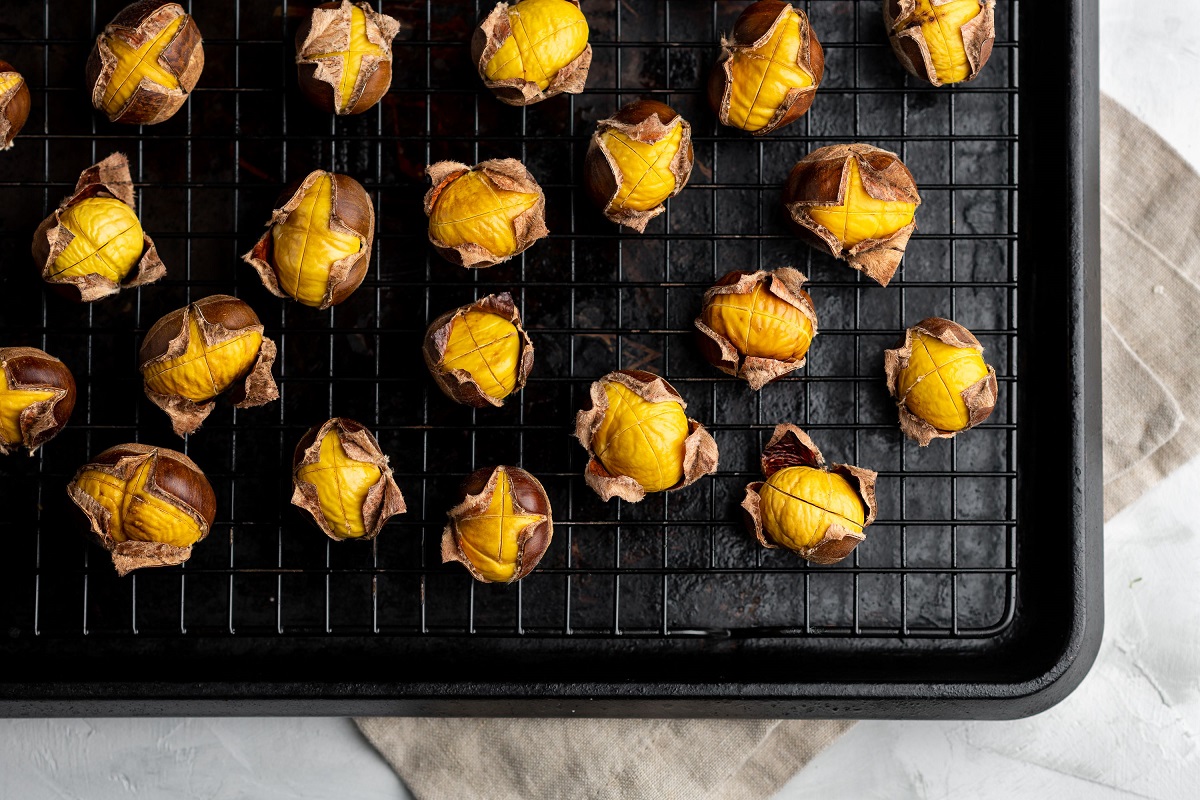
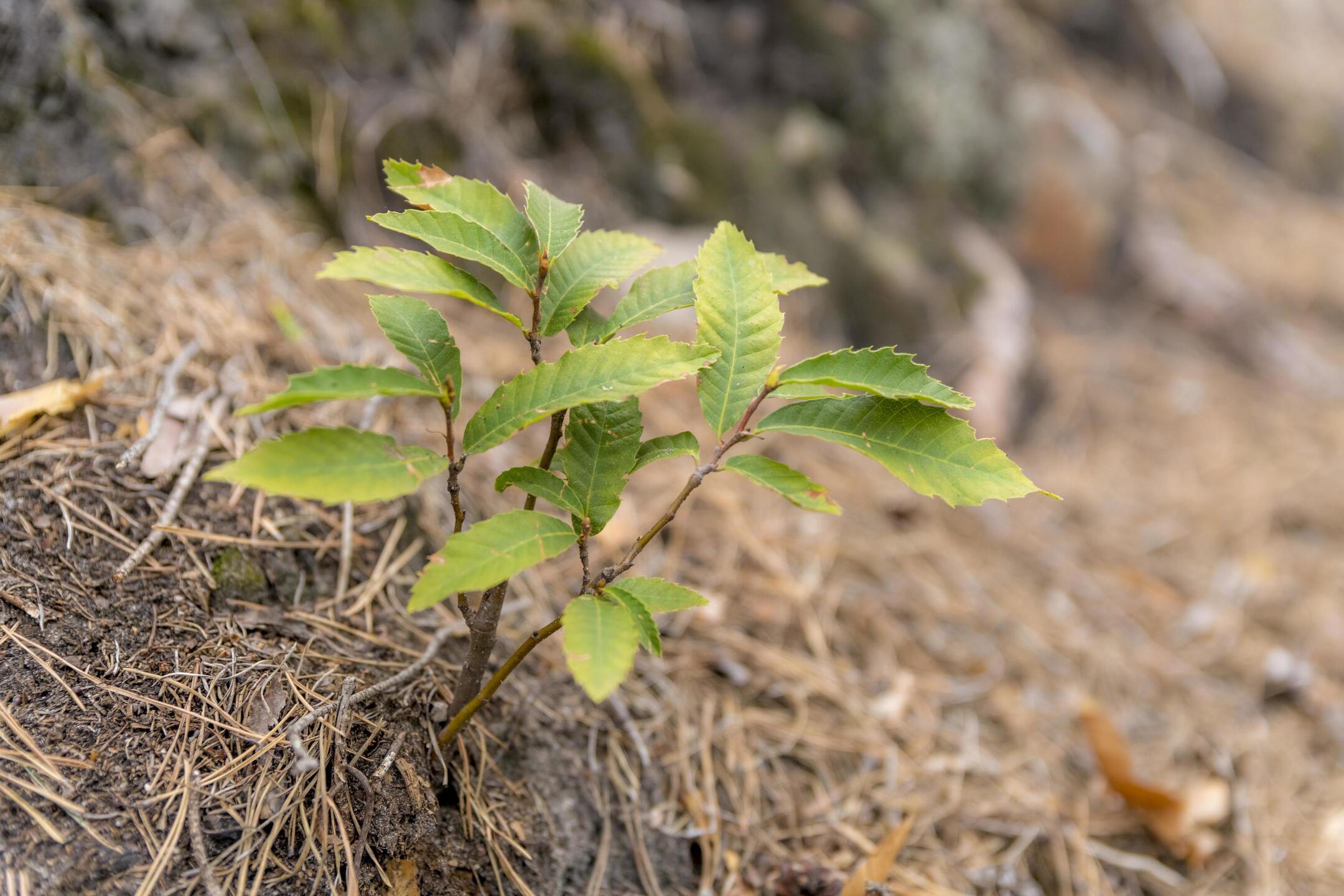
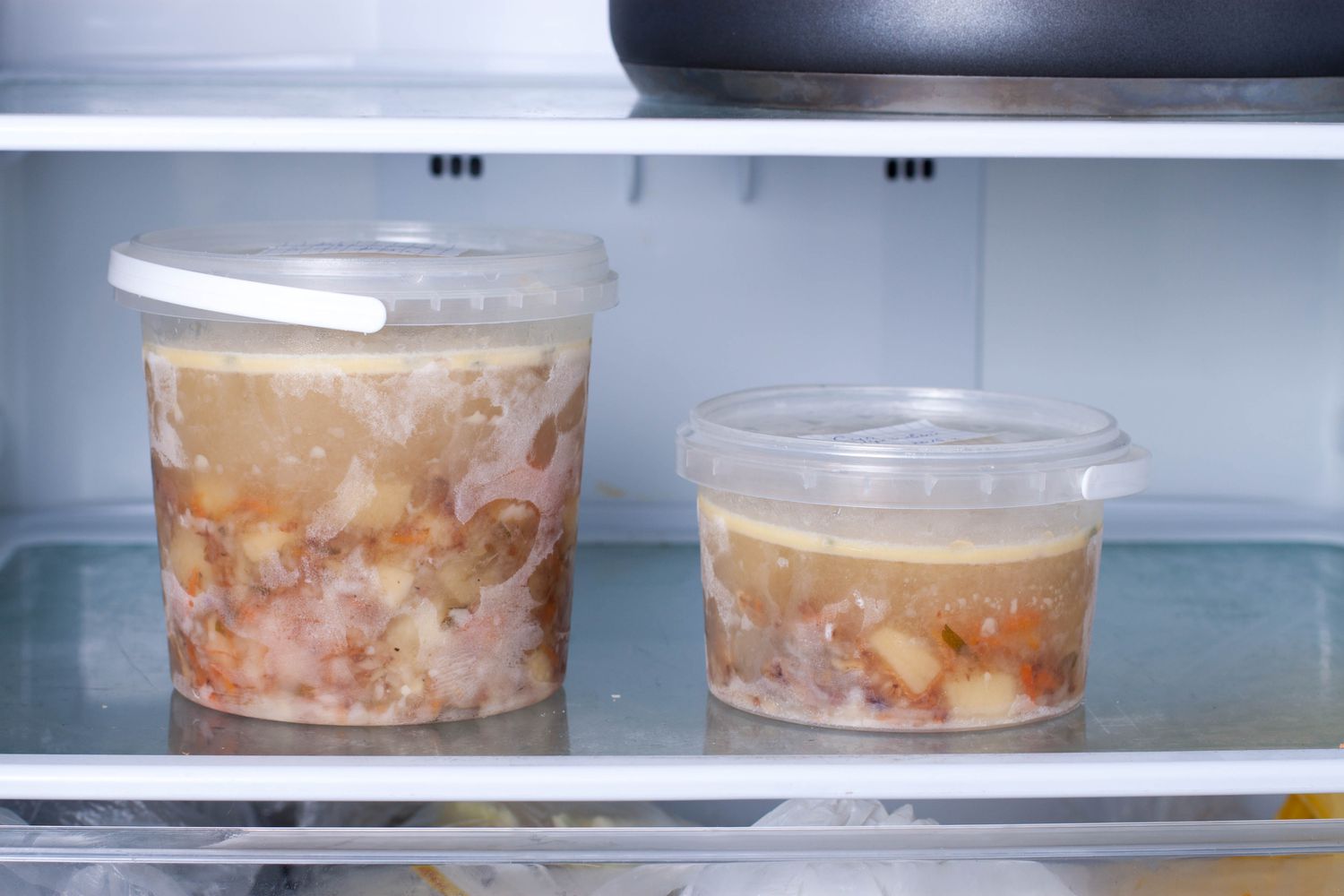
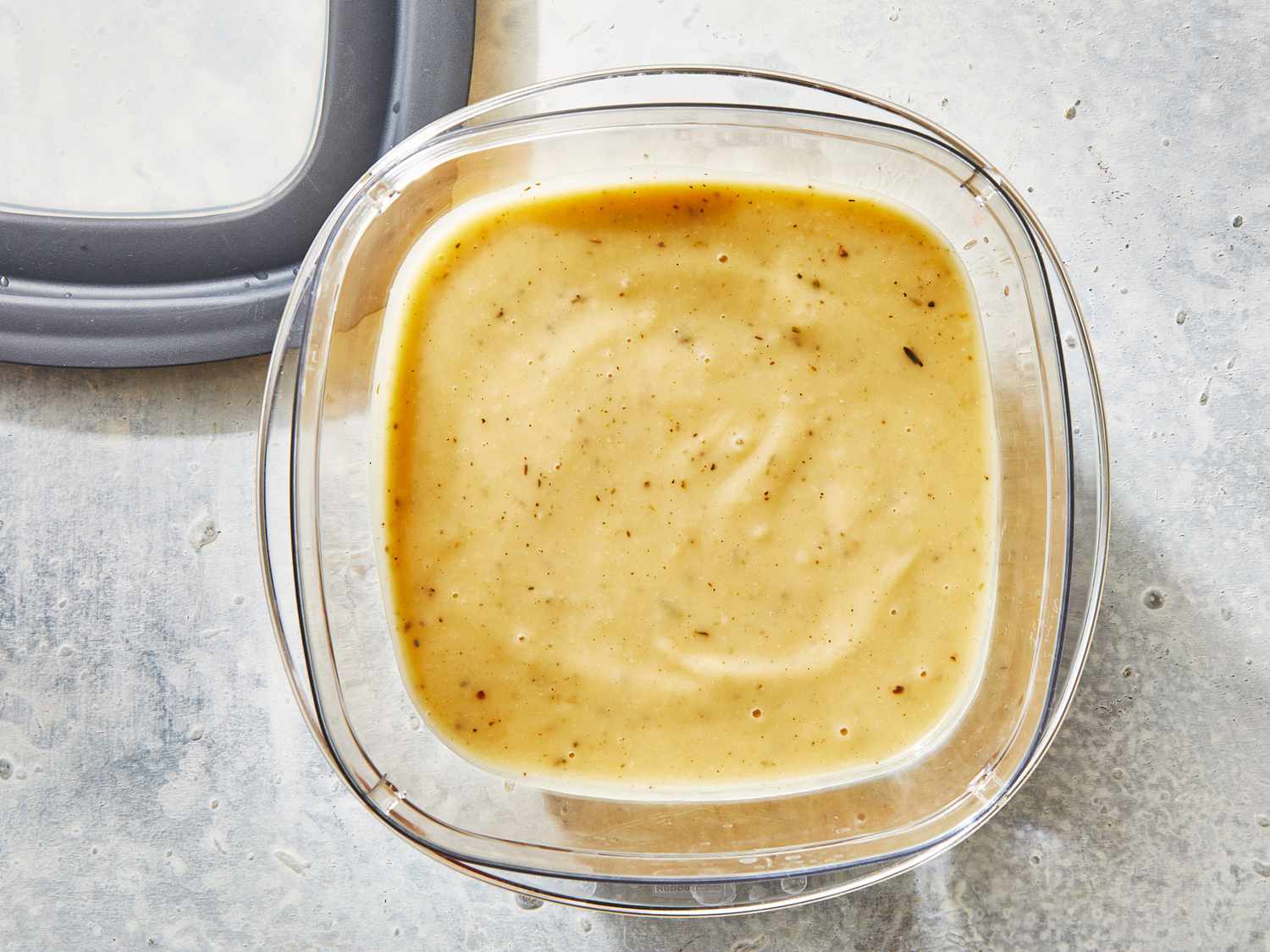
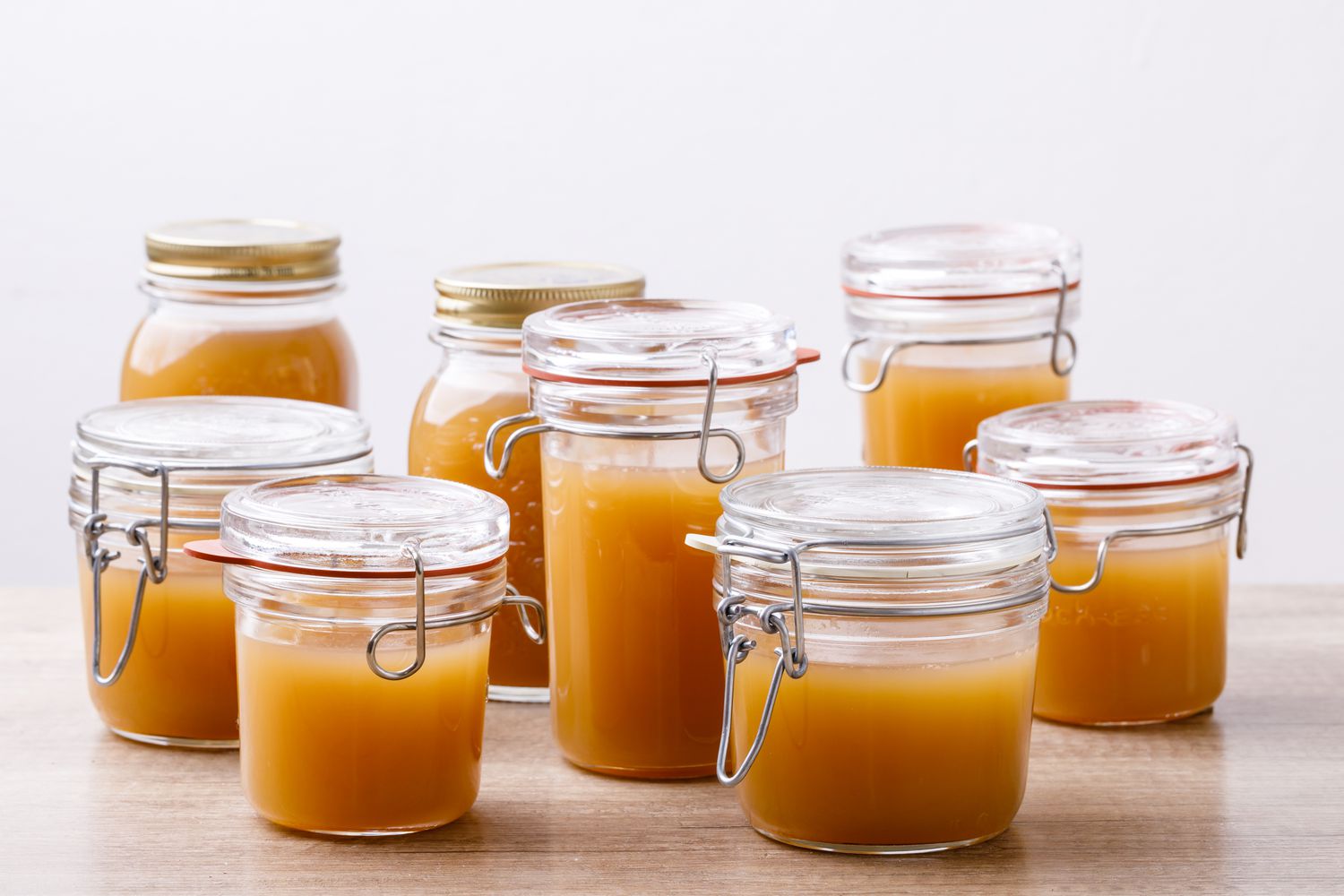
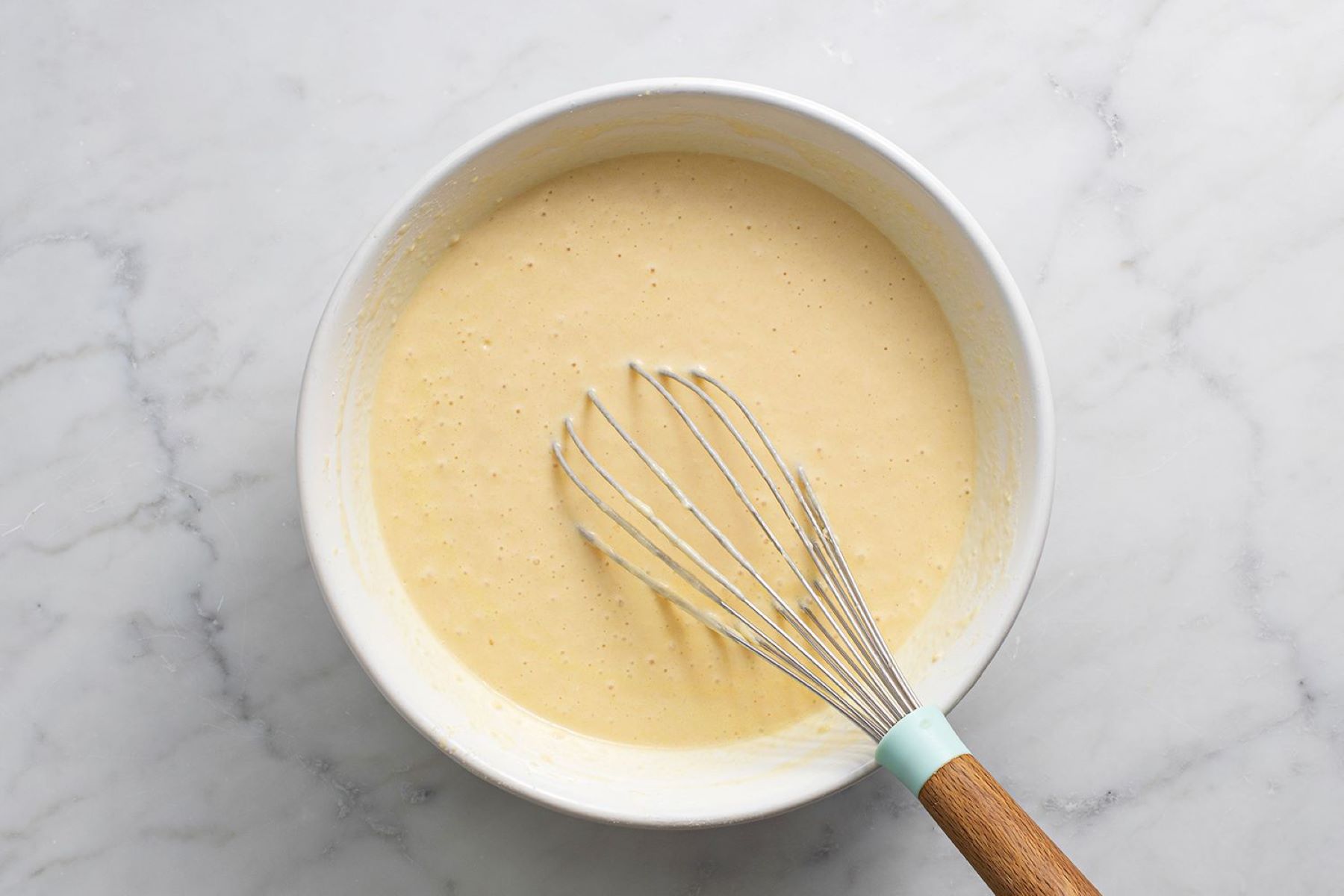
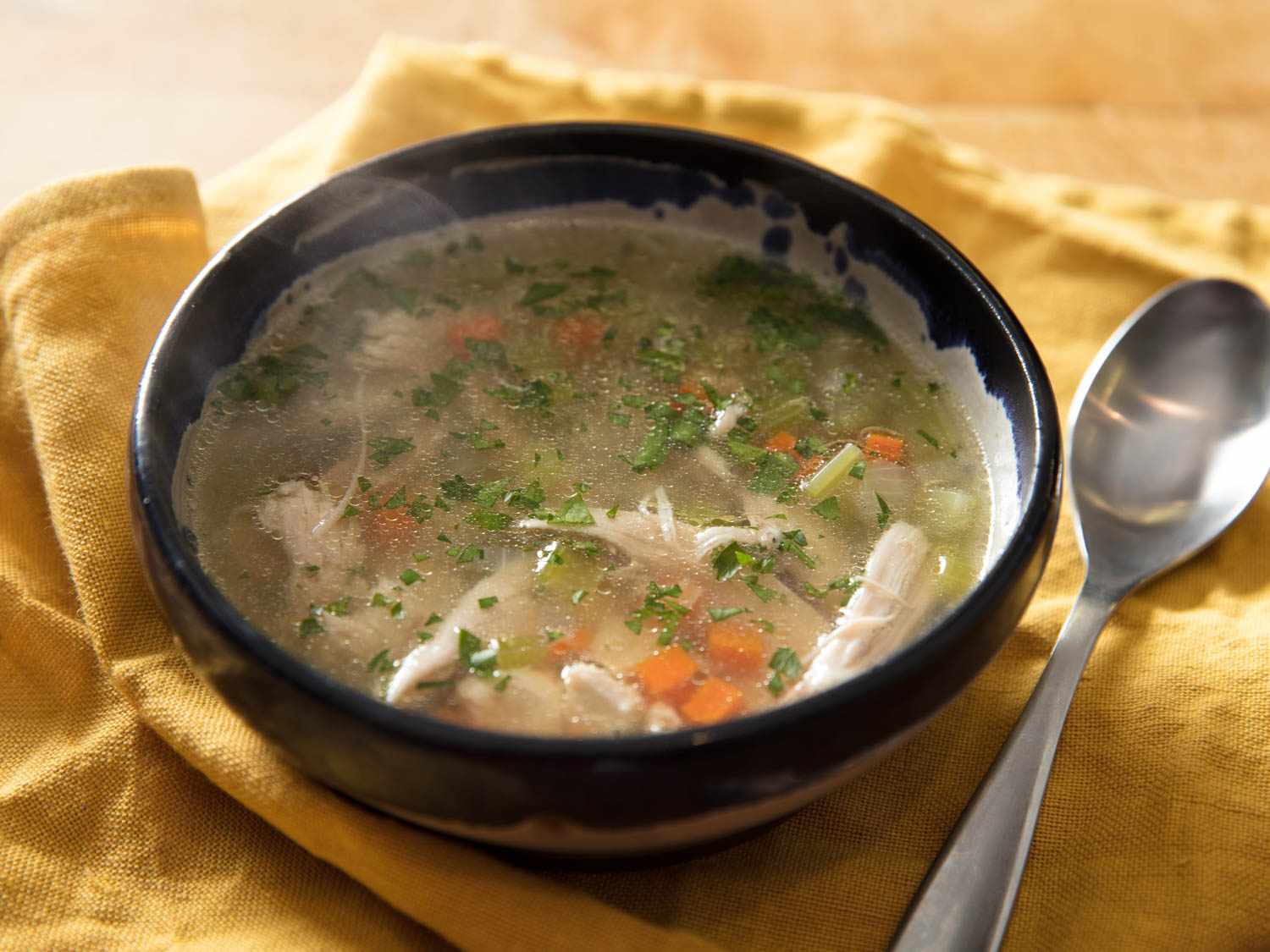
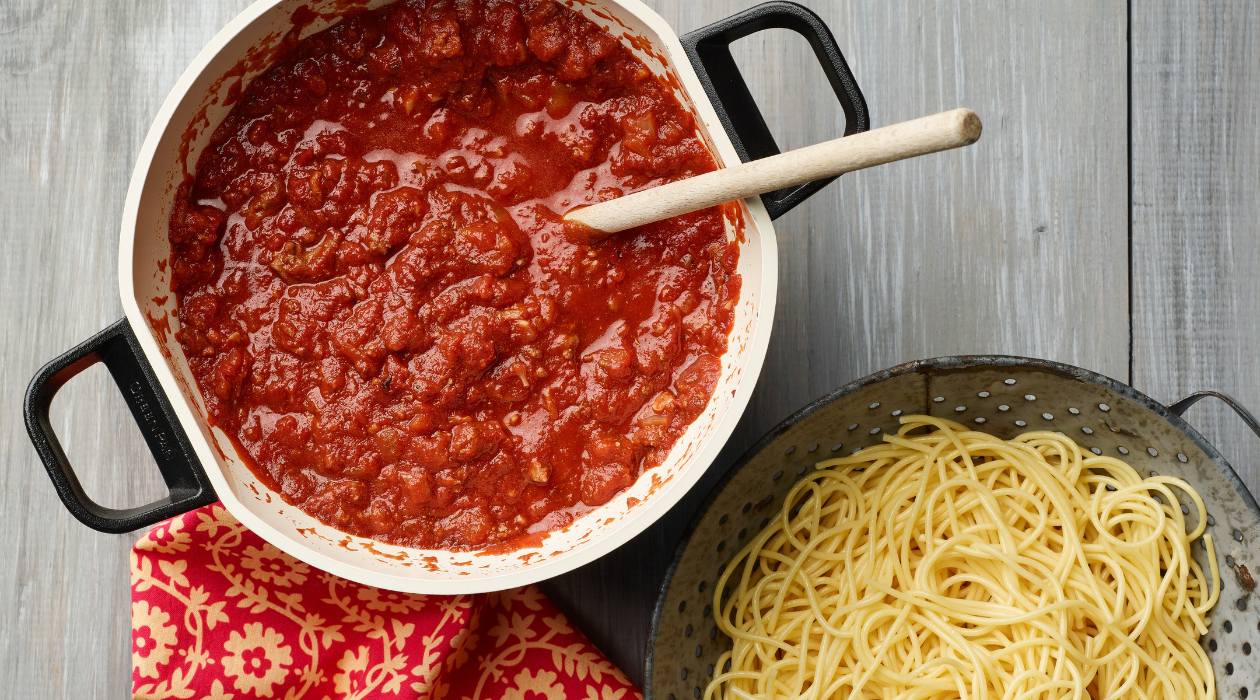
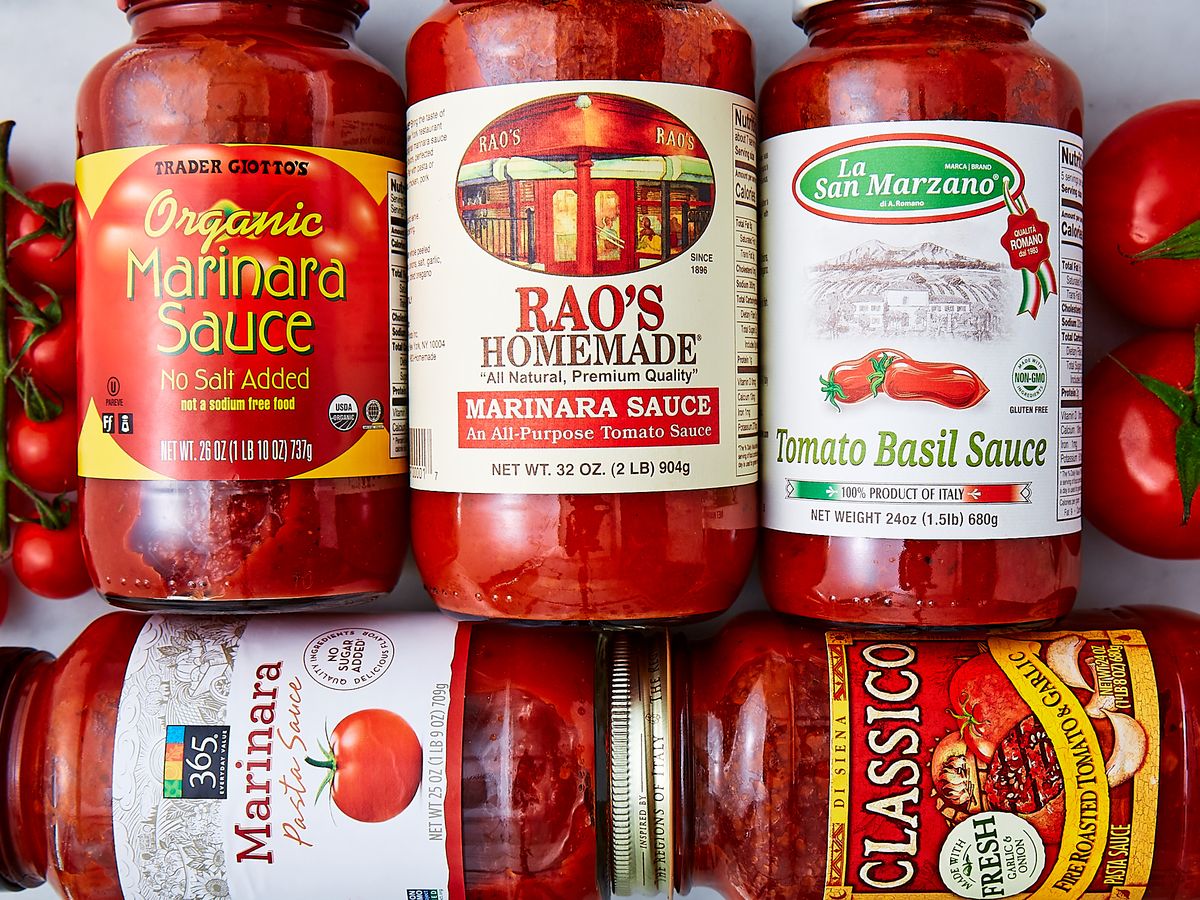
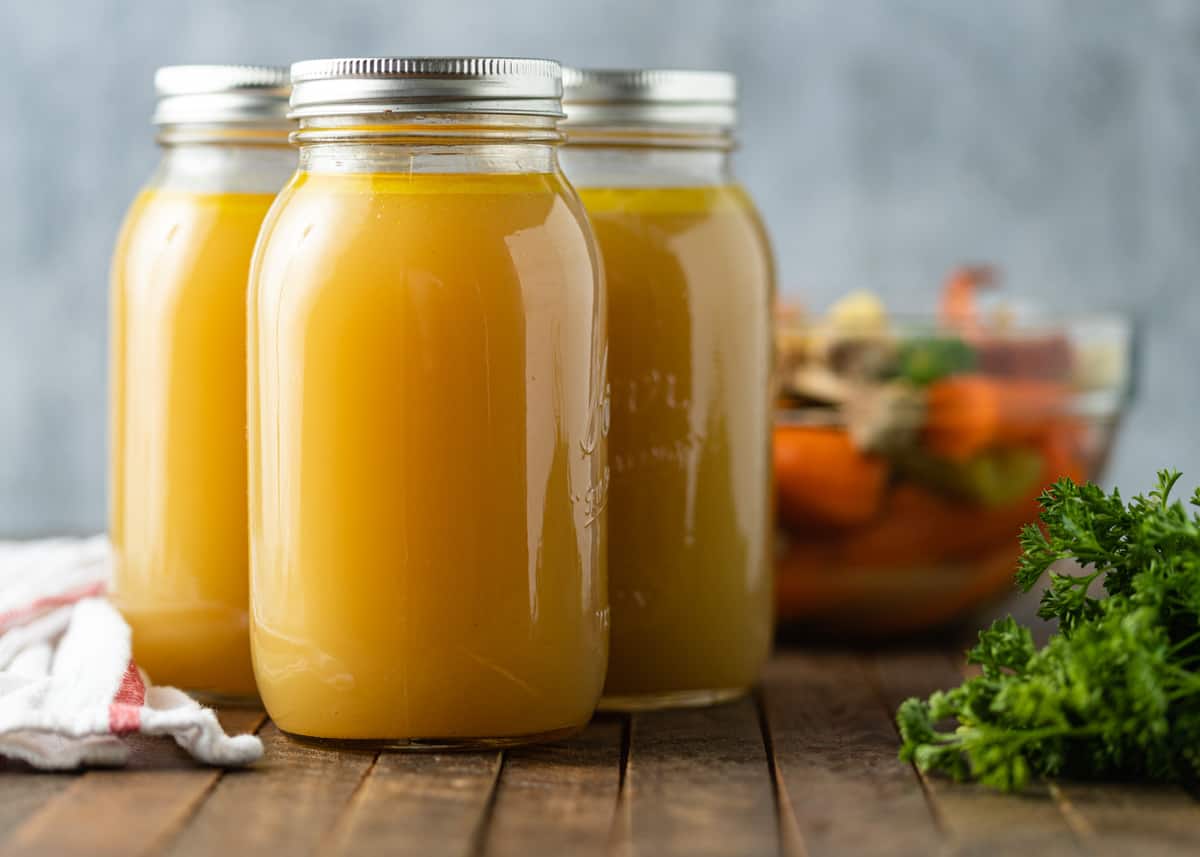
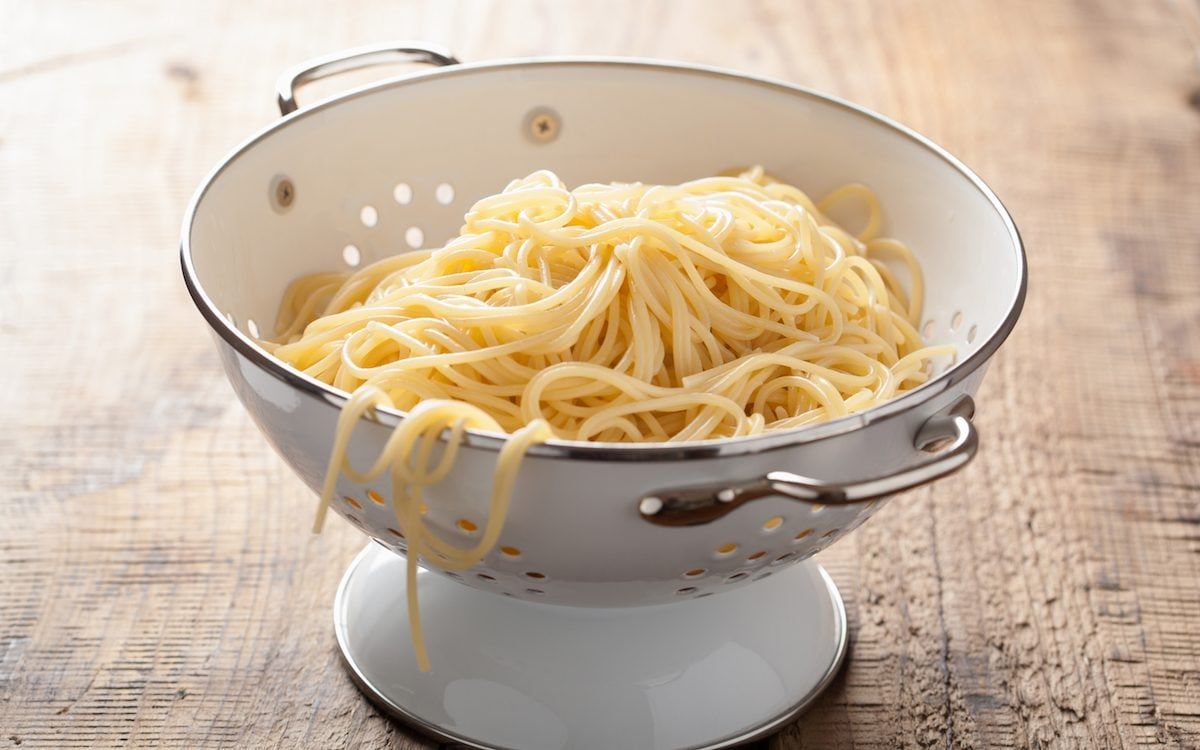
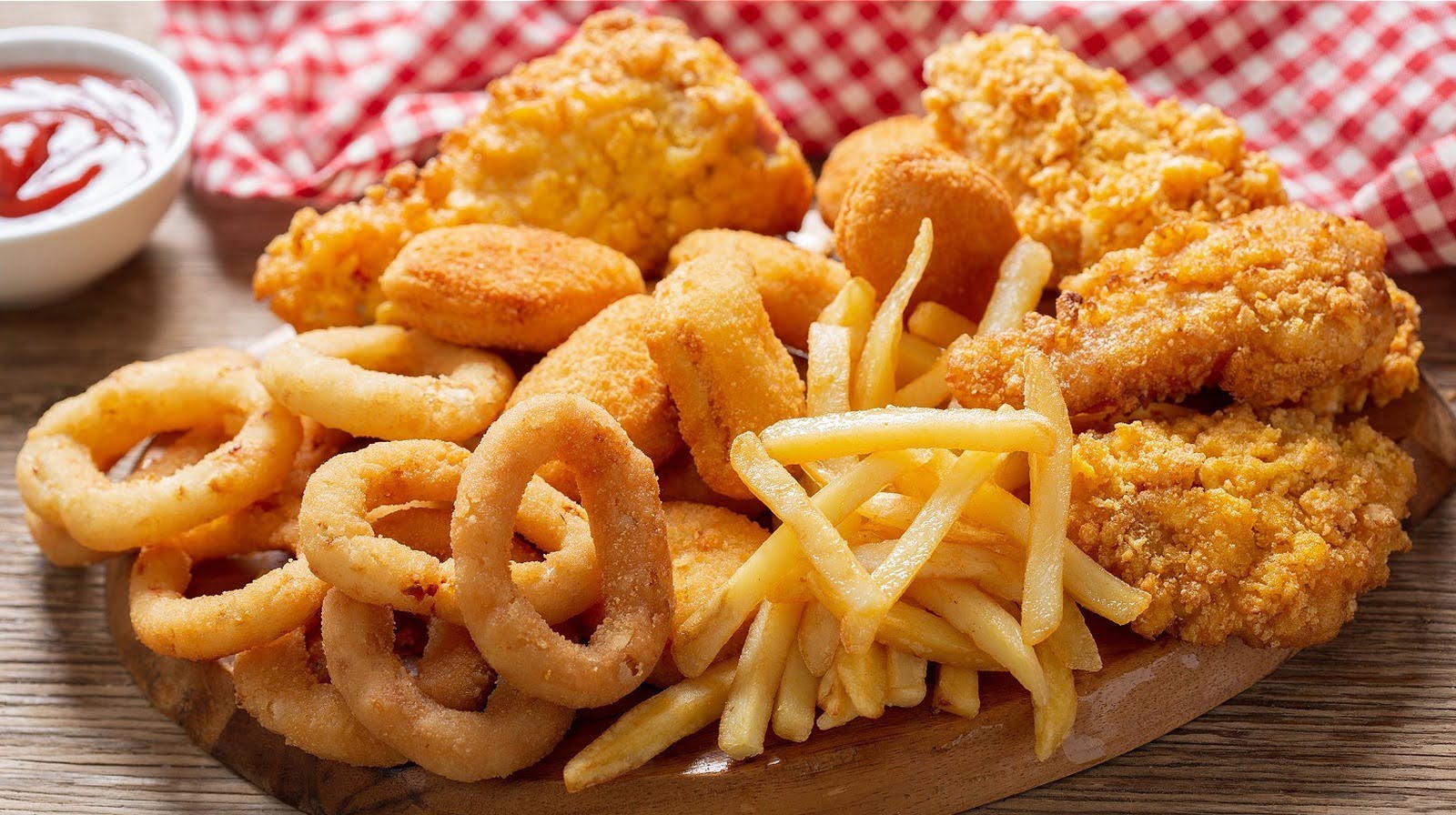

0 thoughts on “How To Store Cooked Chestnuts”